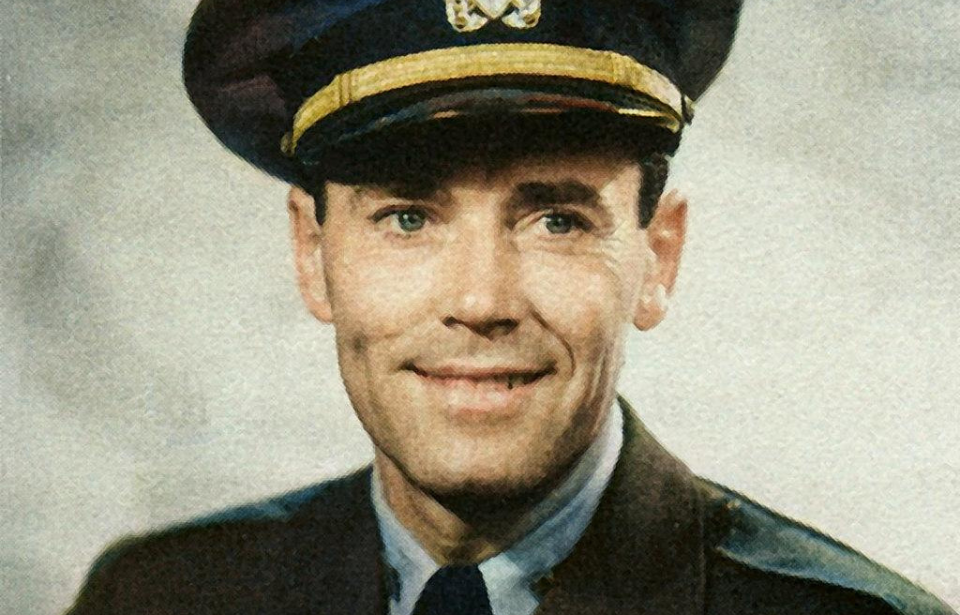A prominent figure during Hollywood’s Golden Age, Henry Fonda distinguished himself as a remarkable actor. Throughout a prolific career spanning more than 100 films, television specials and stage productions, he poured his heart and soul into his work. Noteworthy among his many achievements are his performances in numerous war epics and Western classics.
Interestingly, Fonda’s inspiration often stemmed from his own life, having served in the US Navy during the Second World War.
Henry Fonda’s early life
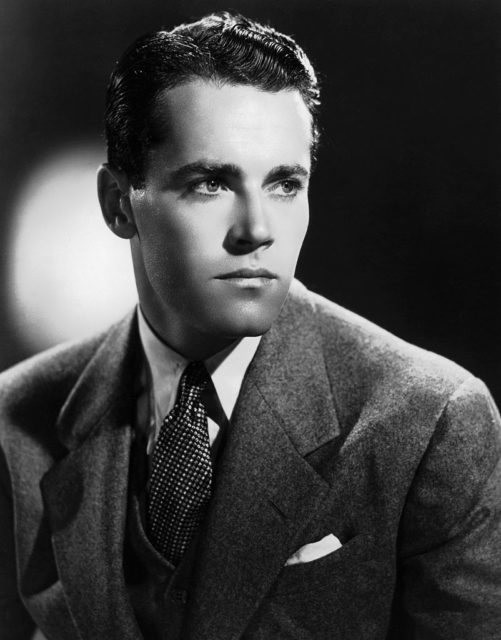
Henry Fonda came into the world on May 16, 1905, in Grand Island, Nebraska. His formative years were spent in Omaha, where he participated in the Boy Scouts of America, although accounts vary regarding the rank he achieved within the organization. At the tender age of 14, he bore witness to the Omaha Race Riot of 1919, a pivotal event that left an indelible impact him, fostering a lasting awareness of prejudice throughout his life.
Following his high school graduation, Fonda attended the University of Minnesota, where he pursued a journalism major. A member of the local fraternity Chi Delta Xi, he didn’t complete his degree, but, instead, found himself employed at the Retail Credit Company, now recognized as Equifax.
From the stage to Hollywood
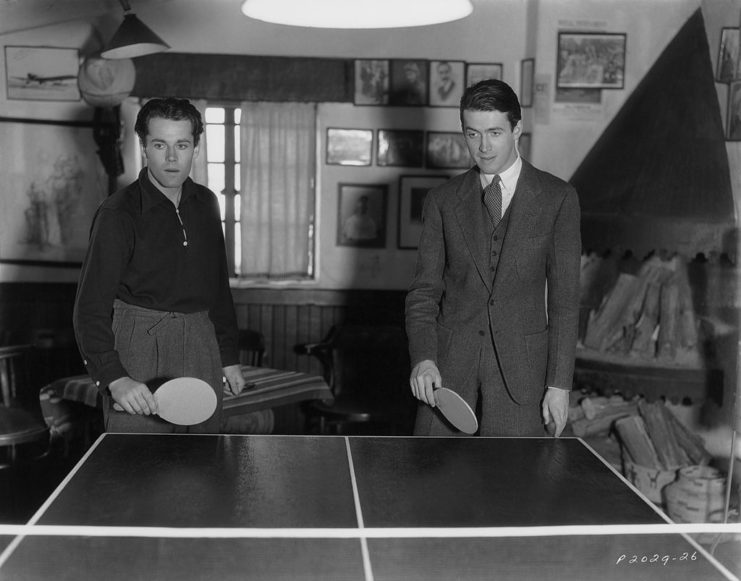
At 20 years old, Henry Fonda, on the recommendation of Marlon Brando‘s mother, embarked on his acting journey by joining the Omaha Community Playhouse. This initial foray into acting provided him the opportunity to delve into diverse roles, nurturing a burgeoning confidence. Approximately eight years later, he relocated to Massachusetts, joining the University Players – a theater troupe – where he met his first wife, Margaret Sullavan.
In 1931, Fonda and Sullavan moved to New York City. Though their marriage lasted only two years, the move was advantageous, fostering Fonda’s friendship with fellow actor James Stewart. After honing their craft on Broadway, the pair went to Hollywood, enticed by greater prospects. Fonda’s breakthrough came with the role of Dan Harrow in the film adaptation of The Farmer Takes A Wife (1935), where he starred alongside Academy Award-winning actress Janet Gaynor.
This laid the groundwork for more substantial roles, including The Trail of the Lonesome Pine (1936), noteworthy for being the first Technicolor movie shot outdoors, and You Only Live Once (1937). Fonda then took a leading role in The Grapes of Wrath (1940), the cinematic rendition of John Steinbeck’s acclaimed novel. His Oscar-nominated performance secured a seven-year contract with 20th Century-Fox.
Amid this prolific period, Fonda met and wed socialite Frances Ford Seymour, with whom he welcomed two children, Jane and Peter. Furthermore, he embraced the role of stepfather to Seymour’s daughter from her previous marriage, Frances de Villers.
Henry Fonda enlists in the US Navy
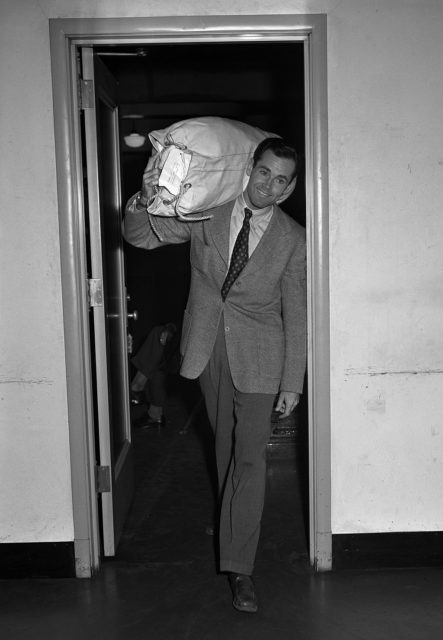
In the early years of the Second World War, Henry Fonda and James Stewart both raised funds for the defense of Britain. Taking a principled stand, the former joied the US Navy on August 22, 1942, not wanting to “be a fake in a war studio.” Despite being 37 years old, he chose not to continue acting while others were deployed overseas.
Despite his eligibility for a commission as a former University of Minnesota student, Fonda opted to serve as an enlisted sailor. The National WWII Museum writes, “He preferred to be enrolled in the naval service as an enlisted man, depending on his performance of duty to establish his qualifications for appointment to a commissioned rank, which would have been very much to his advantage financially and from the point of view of rank and prestige.”
After completing basic training and graduating in the top 10 of his 200-person class at Quartermaster School, Fonda was assigned as a quartermaster third class to the USS Satterlee (DD-626), a newly commissioned destroyer. Less than a year later, he applied to become an officer and was commissioned as a lieutenant, junior grade with Air Combat Intelligence.
Fonda’s service saw him take on roles as Assistance Operations Officer and Air Combat Forward Central Pacific and Commander Marianas. He played a crucial role in planning and executing air operations in the Western Carolines, Marianas and over Iwo Jima, contributing to strategic bombing campaigns on the Japanese mainland. His efforts included supporting the dropping of atomic bombs over Hiroshima and Nagasaki in August 1945.
Leaving active service in November 1945, Fonda received a Bronze Star for his contributions. He maintained reserve officer status until 1948 when he resigned due to being “overage in rank.” Throughout his service, Fonda was recognized for his “officer-like qualities of leadership, military bearing, loyalty, judgment and intelligence.”
A begrudged return to acting
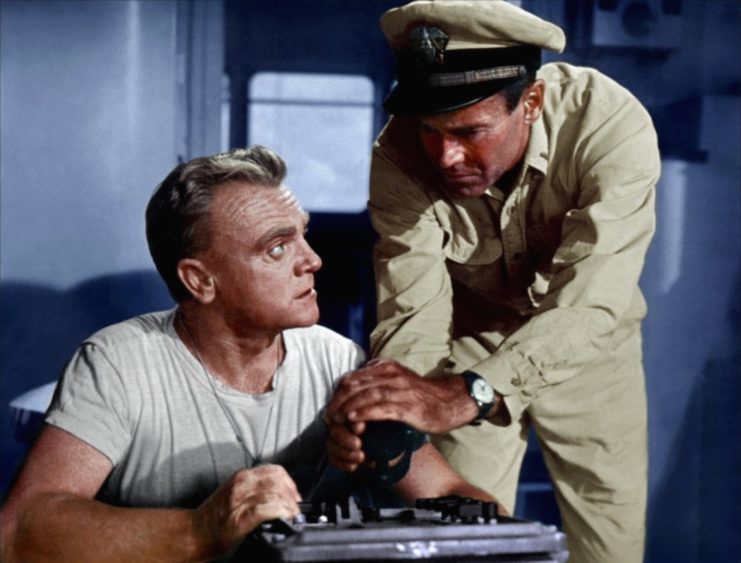
Following his military service, Henry Fonda took a break from acting. After fulfilling his contractual obligations to 20th Century-Fox, he returned to Broadway, portraying Wyatt Earp in My Darling Clementine. Two years later, in 1948, he portrayed Lt. (Junior Grade) Douglas Roberts in Mister Roberts, a play about a supply vessel crew serving in the Pacific Theater during World War II. He later reprised the role for the Silver Screen, starring alongside James Cagney and Jack Lemmon.
After reviving his theater career, Fonda left Seymour and married Susan Blanchard, whom he later divorced. He then made his return to Hollywood, starring alongside Audrey Hepburn in War and Peace (1956), about Napoleon‘s 1812 invasion of Russia, and in Alfred Hitchcock‘s The Wrong Man. He also produced and starred in 12 Angry Men (1957). While the film initially failed to perform, it’s since gained critical acclaim and has been preserved in the Library of Congress.
Fonda acted in a number of war and Western films throughout the 1960s, including Battle of the Bulge (1965), The Longest Day (1962), In Harm’s Way (1965) and How the West Was Won (1962). He also portrayed the president of the United States in the Cold War-era film, Fail-Safe (1964). The movie covers the events that occur after American bombers accidentally attack the Soviet Union.
Henry Fonda supported the USO
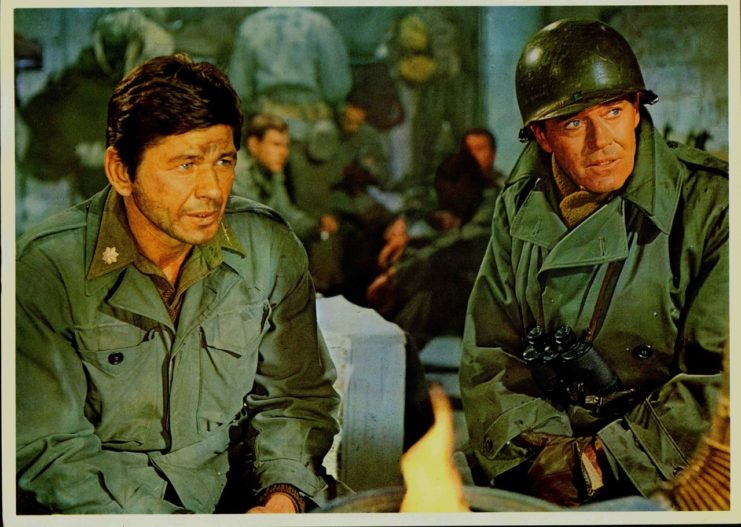
During the Vietnam War, Henry Fonda embarked on tours with the USO, aiming to uplift the spirits of troops stationed overseas. Reflecting on the experience, he remarked, “It was a trip that this [62]-year-old man didn’t want to take, but I felt I had to… For the guys sweating it out and dying in the rice paddies and jungles.”
In 2004, as the USO relocated its offices, staff members stumbled upon a letter penned by Fonda addressed to the organization. Within it, he expressed sincere sentiments, referring to his efforts during the Vietnam era as “the most rewarding experience of my life, and I will forever be grateful that I was given this opportunity.”
Decline in health and death
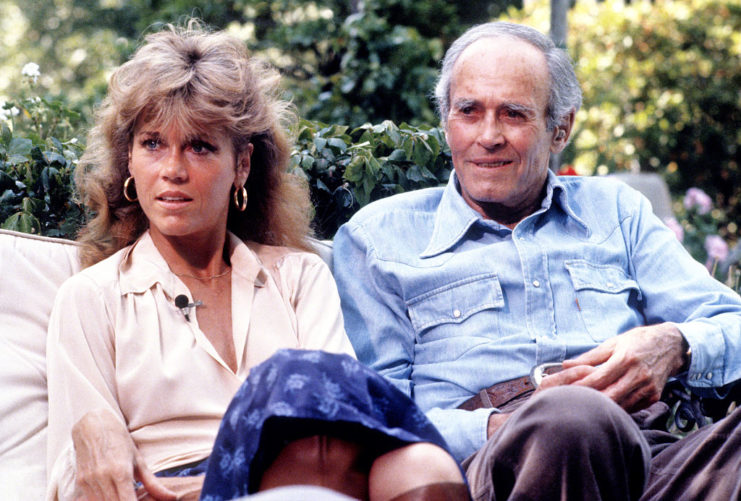
Following a fight with prostate cancer, Henry Fonda had a pacemaker installed and was advised by his doctors to end his theater career. He subsequently made the move to television, with one of his most notable roles being Gen. Douglas MacArthur in the made-for-TV movie, Collision Course: Truman vs. MacArthur (1976). E.G. Marshall portrayed US President Harry Truman in the production. That same year, he also starred as Adm. Chester Nimitz in Midway.
Fonda’s final role came in 1981 with the release of On the Gold Pond. The rights to the Ernest Thompson play had been purchased by his daughter, Jane, who’d wanted to work on the project alongside her father and co-star Katharine Hepburn. The film, which earned $120 million at the box office and 10 Academy Award nominations, was said to mimic the pair’s real-life relationship and helped them resolve a number of personal issues.
More from us: Ernest Borgnine: The ‘McHale’s Navy’ Star’s Service During World War II
In August 1982, Henry Fonda passed away from heart disease. The 77-year-old had requested no funeral be held and was subsequently cremated. Over the course of his career, he’d starred in 106 Hollywood productions and a number of Broadway shows, for which he received a multitude of honors, including the Oscar for Best Actor.
